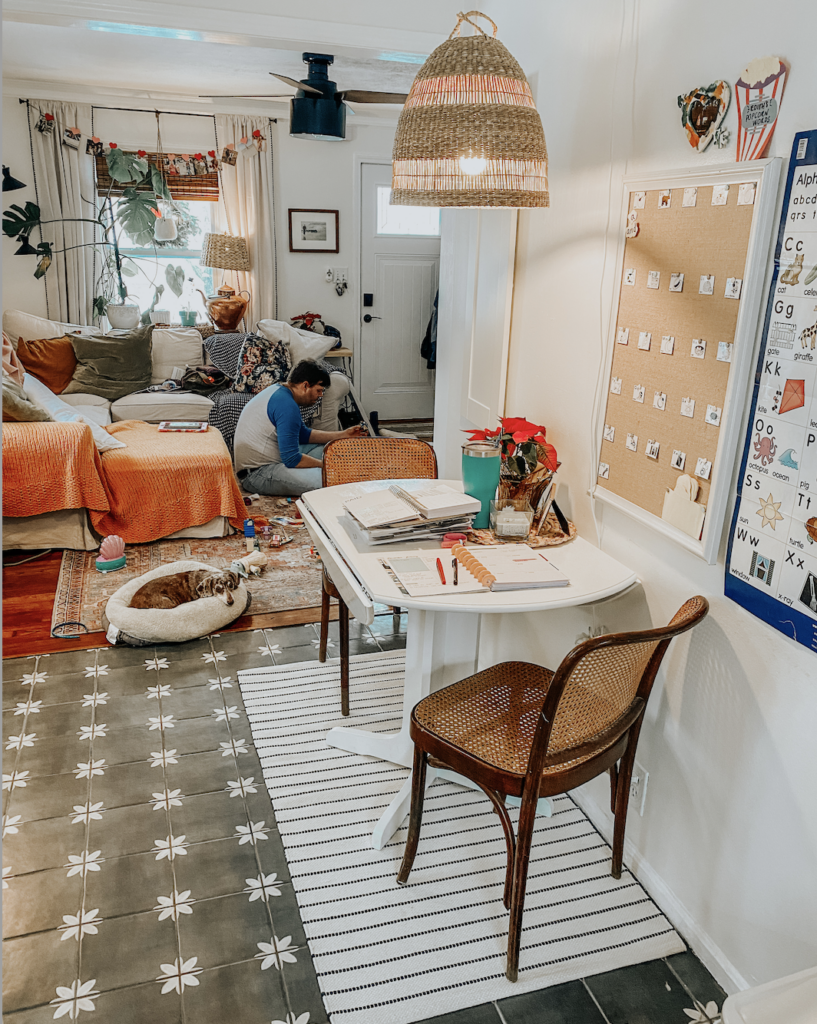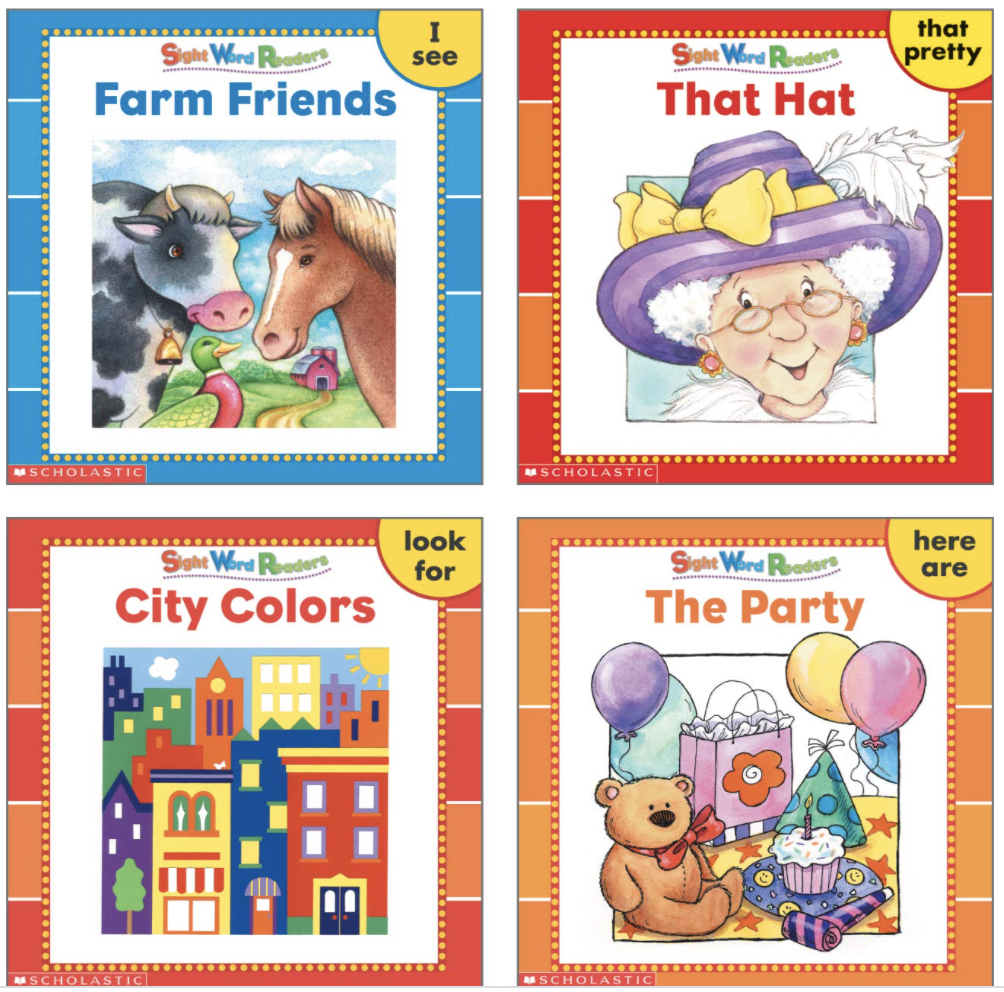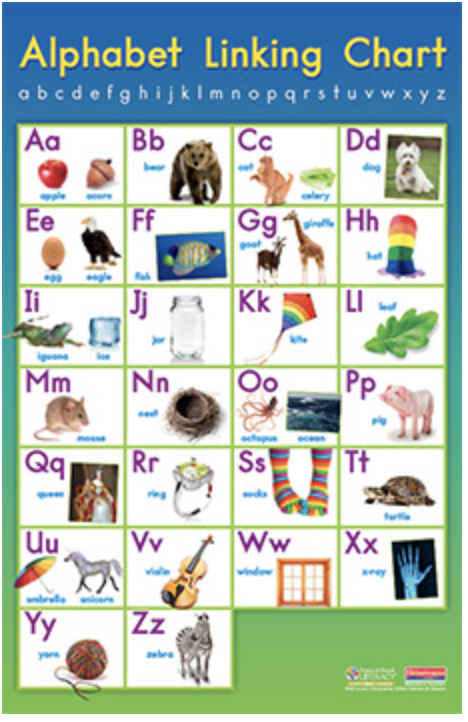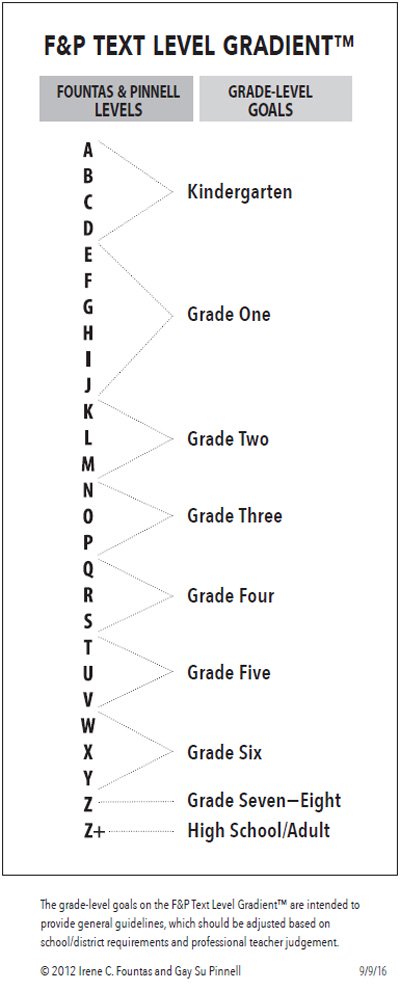Edie might be my first kid, but she isn’t my first student. Let me start by sharing a little bit more about myself. I have a degree in Elementary Education with a Master’s in Educational Technology. Throughout my educational career I have taught kindergarten, third grade, and fifth grade. My last three years of teaching, before I had Edie, I was a reading interventionist who worked with kindergartners though fifth grade students in small groups. Reading intervention was where my strength was as a teacher, and if I go back into teaching someday, it is something I would pursue again.

I wanted to share some resources that will help you get started if you are thinking about teaching your child to read, or if you think they could use supplemental help in addition to school instruction.
My daughter Edith is three. To be exact, she is 3 years and 5 months as I am starting small lessons with her. To be honest, I have lacked the focus and motivation to start, giving myself grace that she was only 3. And let me reiterate, she is ONLY 3! She is such a smart kid and has been showing real interest in her letters and sounds, and can already read some words she sees in everyday life. I’ve let Edie take her time and show me signs that she’s ready to learn, I don’t want to rush or push her too hard with her being only 3. As a parent, you’ll know when your child is ready.
If you have a beginner reader, preschool – kindergarten, here are some resources that will help get you started!

To make this simple, here is where I am starting with Edie. In preschool and kindergarten, kids are learning their letters, sounds, and learning their sight words. You might be asking yourself, what the heck is a sight word? Sight words are what we call those tricky words that don’t follow conventional letter sounds, so kids need to memorize those words by sight, to be able to learn to read text. This book pack below is a great resource to get you started on sight word practice. It’s important to have small books, with only 3-4 words on a page of repetitive text. These books are easy to follow and use and follow those guidelines.

Another important part of this process is for early readers to be able to identify their letters and sounds. This is a similar chart that I use with Edie.

If you decide to keep going with your reading instruction and get through the first set of sight word books, here are additional book sets to continue your reading journey. Not all schools use the same leveled reading, so depending on if your child is in school and there is reading instruction, you can always ask your child’s teacher what their reading level is.
Here’s a helpful chart:

Here are more book kits to further reading instruction:






Please leave a comment below if you’d like to see some instructional videos of how to get started, how I do my mini lessons with Edie, and learn about more resources. Teaching a child to read is one of the most fundamental gifts, and I would love to share more of my knowledge to help parents along their reading journey!
Leave a Reply